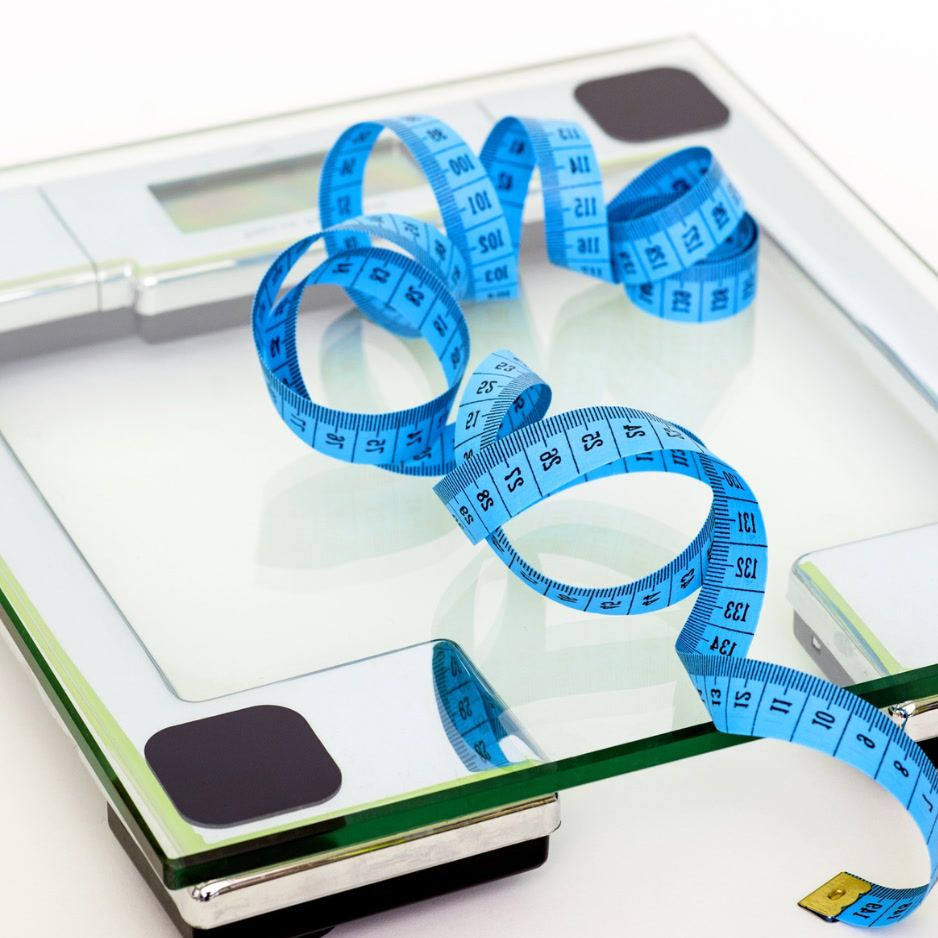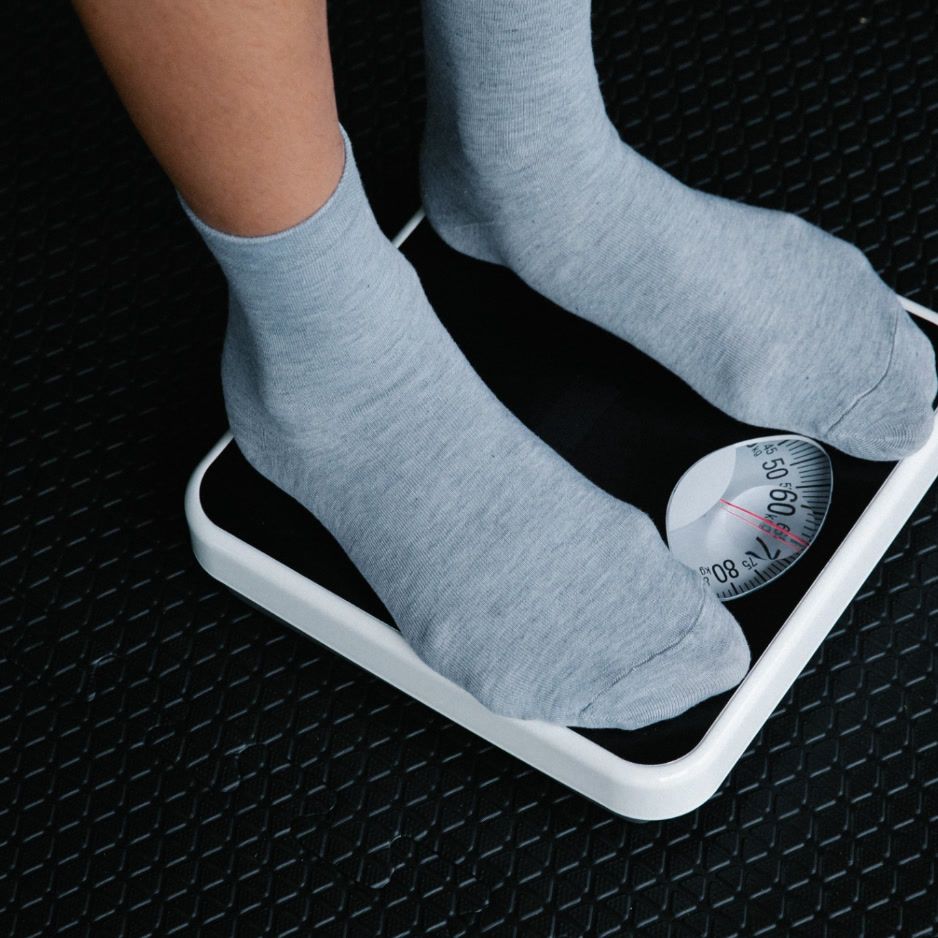The Impact of Exercise on Muscle Density

The Impact of Exercise on Muscle Density
Regular exercise is known to have numerous benefits for the human body. One of the key areas where exercise can make a significant impact is muscle density. But what exactly is muscle density, and how does exercise affect it? In this article, we will explore the relationship between exercise and muscle density, delve into the science behind it, and discuss strategies to increase muscle density through exercise.
Get weekly updates.
Understanding Muscle Density
When it comes to achieving a strong and toned physique, muscle density plays a crucial role. But what exactly is muscle density? Let's delve deeper into this fascinating concept.
Defining Muscle Density
Muscle density refers to more than just the size of your muscles. It is a measure of how tightly packed or concentrated the muscle fibers are in a given volume of muscle tissue. Essentially, it is a measure of how much muscle is present in a specific area.
Imagine two individuals with the same muscle mass but different muscle densities. The person with higher muscle density will have a more defined and sculpted appearance, as their muscles are tightly packed and take up less space. On the other hand, someone with lower muscle density may have muscles that appear bulkier but lack the same level of definition.
Factors Influencing Muscle Density
Various factors can influence muscle density, and it's not solely determined by genetics. While genetics do play a significant role, as some individuals naturally have higher muscle density than others, there are other factors at play as well.
Age is a crucial factor to consider. As we age, our muscle density tends to decrease. This is primarily due to the natural decline in hormone levels, such as testosterone, which is essential for muscle growth and maintenance. However, don't let this discourage you, as regular exercise can help slow down this decline and even increase muscle density in older individuals.
Speaking of hormones, sex also plays a role in muscle density. Men tend to have higher muscle density than women due to higher testosterone levels. However, this doesn't mean that women can't achieve impressive muscle density. With the right training and nutrition, women can build lean and dense muscle mass.
Now, let's get to the most crucial factor influencing muscle density: exercise. Without a doubt, exercise is the key to building and maintaining muscle density. Resistance training, such as weightlifting, is particularly effective in increasing muscle density. When you challenge your muscles with resistance, they adapt by becoming stronger and denser.
But it's not just about lifting heavy weights. The type of exercise you do also matters. Incorporating a variety of exercises that target different muscle groups can help ensure balanced muscle development and overall density. Additionally, proper nutrition, including adequate protein intake, is essential to support muscle growth and density.
So, whether you're aiming for a more defined physique or simply want to improve your overall strength and functionality, understanding and working on your muscle density is key. Remember, it's not just about the size of your muscles; it's about how densely packed and sculpted they are.
The Relationship Between Exercise and Muscle Density
Exercise is the primary catalyst for muscle growth and density. When we exercise, we subject our muscles to stress and tension, which prompts the body to adapt and strengthen the muscle fibers. Through this process of adapting to increased workload, the body increases muscle density and size.
However, the relationship between exercise and muscle density is not as straightforward as it may seem. Various factors come into play, including the type of exercise and individual differences in genetics and training history.
The Role of Exercise in Muscle Building
Exercise plays a crucial role in muscle building by stimulating protein synthesis, which is the process by which the body builds new muscle proteins. When we engage in resistance training or other forms of exercise, the body activates signaling pathways that trigger the synthesis of muscle proteins, leading to muscle growth and increased density.
Furthermore, exercise also promotes the release of hormones such as testosterone and growth hormone, which play key roles in muscle development. These hormones help to optimize protein synthesis and enhance muscle repair and recovery.
Different Types of Exercises and Their Impact on Muscles
The type of exercise we engage in also affects muscle density differently. Resistance training, such as weightlifting, is known to be highly effective in increasing muscle density. This form of exercise places significant stress on the muscles, stimulating the body to build and strengthen muscle tissue.
Resistance training can be further categorized into different modalities, including compound exercises and isolation exercises. Compound exercises, such as squats and deadlifts, involve multiple muscle groups and joints, leading to greater overall muscle activation and density. Isolation exercises, on the other hand, target specific muscles and can be useful for targeting specific areas of muscle weakness or imbalance.
In addition to resistance training, aerobic exercises like running or swimming can also contribute to increased muscle density, although to a lesser extent. These exercises primarily focus on cardiovascular fitness and endurance, but they also engage the muscles and promote muscle growth.
Moreover, incorporating a variety of exercises into a training program can have synergistic effects on muscle density. By combining resistance training with aerobic exercises, individuals can maximize their overall muscle development and density.
It is important to note that individual differences in genetics and training history can influence the rate and extent of muscle density changes in response to exercise. Some individuals may naturally have a higher potential for muscle growth, while others may require more time and effort to achieve similar results.
In conclusion, exercise is a fundamental component of increasing muscle density. By subjecting our muscles to stress and tension through various forms of exercise, we can stimulate muscle growth and strengthen muscle fibers. The type of exercise, individual differences, and training history all play a role in determining the extent of muscle density changes. So, whether you prefer resistance training or aerobic exercises, incorporating regular exercise into your routine can help you achieve your desired muscle density goals.
The Science Behind Exercise and Muscle Density
The Biological Process of Muscle Growth
At a cellular level, muscle growth is a complex process involving the activation of satellite cells. These specialized cells reside in muscle tissue and are responsible for muscle repair and growth. When we exercise, these satellite cells are stimulated, leading to an increase in the number and size of muscle fibers, ultimately resulting in increased muscle density.
How Exercise Triggers Muscle Density Increase
When we engage in exercise, the muscle fibers undergo microscopic damage. This damage signals the body to repair and strengthen the muscles. Through a process known as muscle protein synthesis, the body creates new proteins and adds them to the muscle fibers, increasing their density and strength. This adaptation occurs over time as we consistently challenge our muscles through exercise.
Benefits of Increased Muscle Density
Physical Benefits of High Muscle Density
Increased muscle density offers numerous physical benefits. It improves overall strength and power, making everyday activities easier and reducing the risk of injuries. Higher muscle density also leads to improved body composition by reducing body fat percentage, as muscle tissue has a higher metabolic rate compared to fat. Additionally, increased muscle density can enhance athletic performance, allowing individuals to excel in various sports and activities.
Mental and Emotional Benefits of Regular Exercise
Beyond the physical benefits, regular exercise and increased muscle density can have a positive impact on mental and emotional well-being. Exercise has been shown to reduce stress, anxiety, and depression, while also boosting mood and promoting better sleep. The sense of achievement and confidence gained through exercise can greatly improve self-esteem and overall quality of life.
Strategies to Increase Muscle Density Through Exercise
Effective Workout Routines for Muscle Density
When aiming to increase muscle density, it is essential to incorporate a variety of exercises into your workout routine. Resistance training with weights or resistance bands should be a central component, targeting different muscle groups with various exercises. Compound movements that engage multiple muscle groups simultaneously, such as squats and deadlifts, are particularly effective in promoting muscle density.
Importance of Rest and Recovery in Muscle Growth
While exercise is crucial for muscle growth, it is important to remember that the actual muscle development happens during periods of rest and recovery. Giving your muscles time to recuperate between exercise sessions is essential for optimal muscle density. Adequate sleep, proper nutrition, and incorporating rest days into your routine are all key factors in maximizing muscle growth and density.
To track your progress in increasing muscle density and to monitor your overall body composition, it can be beneficial to consider BodySpec's affordable DEXA scans. These scans provide detailed information about body fat percentage, muscle mass, and bone health. By regularly assessing these metrics, you can make informed decisions about your exercise and nutrition regimen and ensure that you are on the right track to achieving your fitness goals.


